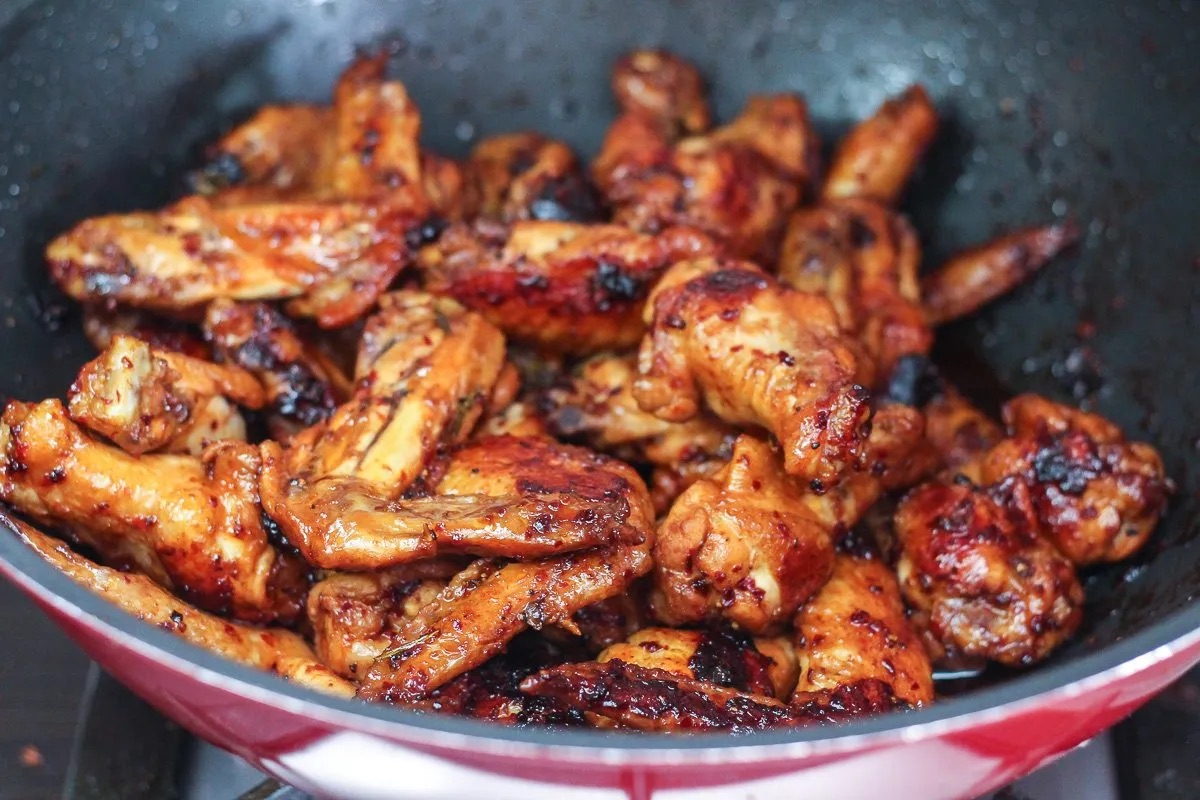

Articles
How To Cook Wings On Stove Top
Modified: February 28, 2024
Learn how to cook delicious wings on the stove top with these easy-to-follow articles. Perfect for game day or any occasion!
(Many of the links in this article redirect to a specific reviewed product. Your purchase of these products through affiliate links helps to generate commission for Storables.com, at no extra cost. Learn more)
Introduction
When it comes to cooking chicken wings, there are several methods you can choose from. While oven baking and deep-frying are popular options, cooking wings on the stove top is a fantastic alternative that yields crispy, flavorful results. Not only is stove top cooking quicker than baking, but it also allows you to closely monitor and control the cooking process to achieve the perfect level of crispiness.
In this article, we will guide you through the process of cooking wings on the stove top, from preparing and seasoning the wings to the final step of serving them. By following our step-by-step instructions and incorporating your own touches, you’ll be able to create delicious wings that are sure to impress your family and friends.
Before we dive into the details, it’s important to note that cooking with hot oil on the stove top can be dangerous if not done carefully. Always exercise caution and follow proper safety guidelines, such as keeping a fire extinguisher nearby, using a heavy-bottomed pot for stability, and never leaving the stove unattended while cooking. Safety should always be the top priority when working with hot oil.
Now, let’s get started on this flavorful journey of cooking crispy wings on the stove top.
Key Takeaways:
- Elevate your wing game by cooking crispy, flavorful wings on the stove top. Master the art of seasoning, flipping, and basting to create a mouthwatering experience for your family and friends.
- Embrace creativity and experimentation to make stove top wings your own. From unique seasonings to saucy variations, let your culinary skills shine and impress your guests with delicious, homemade wings.
Read more: How Long To Cook Turkey Wings On Stove Top
Preparing the Wings
Before you start cooking the wings, there are a few essential steps to ensure they are ready for the stove top. These steps involve cleaning, drying, and trimming the wings to create a consistent and delicious end product.
The first step is to clean the wings thoroughly. Rinse them under cold water to remove any dirt or debris. Pat them dry using paper towels to remove excess moisture. Drying the wings is crucial to achieving crispy skin during the cooking process.
Next, inspect the wings and trim off any excess fat or loose skin. This will help prevent flare-ups and ensure that the wings cook evenly. Use a sharp knife or kitchen shears to remove any unwanted parts.
After trimming, you can choose to separate the wings into two parts – the drumette and the flat. To do this, locate the joint in the middle of the wing and use a sharp knife to cut through it. This step is optional and depends on your preference for wing presentation.
Once the wings are cleaned, dried, and trimmed, you are ready to move on to the next step – seasoning!
Seasoning the Wings
Seasoning is essential to infuse the wings with flavor and enhance their overall taste. While there are numerous seasoning combinations to choose from, we’ll provide you with a versatile and delicious option that will complement the natural flavors of the chicken.
Before applying the seasoning, ensure that the wings are dry. Excess moisture can prevent the seasonings from adhering properly. Once dried, place the wings in a large bowl or a resealable plastic bag.
Add your desired seasonings to the wings. For a classic flavor profile, you can keep it simple with salt, pepper, and garlic powder. If you prefer a more flavorful kick, you can incorporate spices like paprika, cayenne pepper, onion powder, or even a dash of chili powder.
To evenly distribute the seasonings, gently toss the wings in the bowl or massage them through the sealed bag. Make sure each wing is coated with the seasoning mixture, ensuring a consistent flavor throughout.
Allow the seasoned wings to sit for at least 15 minutes. This allows the flavors to permeate the meat, resulting in a more flavorful end product.
Remember, seasoning is a personal preference, so feel free to experiment with different combinations to suit your taste. Once the wings are properly seasoned, it’s time to heat the stove top and get cooking!
Heating the Stove Top
Before you start cooking the wings, it’s important to properly heat the stove top. This will ensure even cooking and crispy results. Follow these steps to achieve the perfect heat for cooking your wings:
- Select a large, heavy-bottomed skillet or frying pan. The size of the pan should be sufficient to accommodate all the wings in a single layer without overcrowding.
- Place the skillet or pan on the stove and turn the burner to medium-high heat. This will allow for efficient heat distribution without burning the wings.
- Add your preferred cooking oil to the pan. Opt for a high smoke point oil like vegetable oil, canola oil, or peanut oil. Pour enough oil to coat the bottom of the pan, ensuring a thin layer.
- Allow the oil to heat for a few minutes until it shimmers. You can test the temperature of the oil by carefully dipping the end of a wooden spoon or a small piece of bread into the oil. If it sizzles and turns golden brown, the oil is ready for cooking.
Properly heating the stove top will help achieve the desired crispiness and prevent the wings from becoming greasy. Once the oil is heated, it’s time to move on to the next step – cooking the wings!
Cooking the Wings
Now that your stove top is properly heated, it’s time to cook the wings to perfection. Follow these steps to achieve crispy and delicious wings:
- Gently place the seasoned wings into the hot oil, making sure not to overcrowd the pan. Leave some space between the wings to allow for even cooking.
- Cook the wings on medium-high heat for about 8-10 minutes per side. This will depend on the size of the wings and your desired level of crispiness. Flip the wings halfway through the cooking process to ensure even browning.
- While cooking, resist the temptation to constantly move or flip the wings. Leaving them undisturbed allows for a nice, golden crust to form on the surface.
- If you’re cooking a large batch of wings, you may need to cook them in batches to avoid overcrowding the pan. Place the cooked wings on a wire rack set over a baking sheet to keep them warm while you cook the remaining batches.
As the wings cook, you’ll notice a tantalizing aroma filling your kitchen. The sizzling sound and the visual transformation of the wings will indicate that they’re on their way to becoming a delicious treat. Once the wings have reached the desired level of crispiness, it’s time for the next step – flipping and basting.
When cooking wings on the stove top, make sure to pat them dry with paper towels before seasoning and cooking. This will help them get crispy and brown evenly.
Read more: How To Bake On The Stove Top
Flipping and Basting the Wings
Flipping and basting the wings is an important step to ensure that they cook evenly and develop a flavorful crust. Here’s how to do it:
- Using tongs or a spatula, carefully flip each wing to the other side. This will allow the other side to cook and develop a crispy texture.
- As you continue to cook the wings, you can enhance their flavor by basting them with a sauce or glaze of your choice. This step is optional but highly recommended for added taste.
- If using a sauce, such as barbecue or buffalo sauce, apply it to the wings using a basting brush. If using a glaze, such as honey or teriyaki, drizzle it over the wings as they cook.
- Baste the wings a few minutes before they reach the desired level of doneness. This will allow the sauce or glaze to caramelize and create a delicious coating.
- Continue flipping and basting the wings every few minutes to ensure even flavor distribution. Pay attention to the cooking time and adjust as needed to achieve your preferred level of crispiness.
Flipping and basting the wings not only adds visual appeal but also enhances their taste. The combination of crispy skin and flavorful sauce or glaze creates a mouthwatering experience. Once the wings are properly flipped and basted, it’s time to check for doneness.
Checking for Doneness
Checking for doneness is a crucial step when cooking wings on the stove top. Undercooked wings can be unsafe to eat, while overcooked wings can become dry and tough. Here are some guidelines to help you determine if your wings are done:
- Visual cues: Look for crispy, golden skin on the outside of the wings. The color should be evenly browned and appetizing. The skin should also appear crispy and slightly blistered.
- Internal temperature: To ensure that the wings are fully cooked, use a meat thermometer to check the internal temperature. Insert the thermometer into the thickest part of the wing, avoiding the bone. The wings should reach an internal temperature of 165°F (74°C) to be considered safe to eat.
- Texture: You can also check the texture of the wings by pressing them gently with tongs or a fork. If they feel firm and the juices run clear, they are likely cooked through.
- Juices: If you see any pink juices or blood coming out of the wings, they need more cooking time. Continue cooking for a few more minutes until the juices run clear.
Remember, each stove and batch of wings may cook slightly differently, so it’s important to rely on these cues rather than strict cooking times. Once you’ve determined that the wings are done, it’s time to remove them from the heat and prepare them for serving.
Serving the Wings
After all the hard work and anticipation, it’s time to enjoy the fruits of your labor and savor the delicious wings you’ve cooked on the stove top. Here are some tips for serving the wings:
- Transfer the cooked wings to a serving platter or plate lined with paper towels to absorb any excess oil.
- Garnish the wings with your choice of fresh herbs, such as chopped cilantro or parsley, to add a pop of color and freshness.
- Serve the wings hot with your favorite dipping sauces on the side. Good options include ranch dressing, blue cheese dressing, barbecue sauce, or buffalo sauce. The choice of sauce is entirely up to your personal preference.
- Consider serving the wings with additional side dishes like celery sticks, carrot sticks, or a crisp green salad to balance the flavors and textures.
- Encourage your guests to dig in and enjoy the wings while they’re still hot and crispy. Finger foods like wings are often best enjoyed when eaten with your hands, so don’t forget to provide some wet wipes or napkins.
Whether you’re hosting a game day party, a casual gathering, or simply treating yourself to a tasty meal, serving the wings with style and flair will make the dining experience even more enjoyable. Now that you know how to serve them, it’s time to sit back, relax, and indulge in the deliciousness of your homemade wings.
Tips and Variations
Here are some additional tips and variations to help you elevate your stove top wings even further:
- Experiment with different seasonings and marinades to create unique flavor profiles. Try adding spices like cumin, smoked paprika, or chipotle powder for a smoky twist.
- If you prefer a healthier option, you can skip the frying step and opt for a stove top grilling method. Cook the wings on a grill pan or cast iron skillet with a little oil, turning them occasionally until they are cooked through and have a nice charred appearance.
- For an extra crispy texture, you can coat the wings in a light layer of cornstarch or flour before cooking. This will create a crunchy crust when fried on the stove top.
- If you prefer saucy wings, you can toss the cooked wings in your favorite sauce immediately after they are done. This will coat the wings evenly, giving you a juicy and flavorful bite.
- If you’re looking to add some heat, you can incorporate hot sauce, cayenne pepper, or red pepper flakes into your seasoning or sauce to make spicy wings that pack a punch.
- Consider serving the wings with a variety of dipping sauces to cater to different taste preferences. From sweet and tangy to creamy and spicy, offering a range of sauces will please everyone.
- If you want to get creative, try adding unique toppings like grated Parmesan cheese, chopped green onions, or even a drizzle of honey for a touch of sweetness.
- Don’t forget to pair your wings with refreshing beverages like cold beer, soda, or even a homemade lemonade to balance the flavors and cool down the heat.
Remember, cooking is all about experimenting and making it your own. Feel free to adapt these tips and variations to suit your taste preferences and explore new and exciting flavors. With a bit of creativity, you’ll be able to create wings that will impress your family and friends.
Read more: How To Cook Quinoa On The Stove Top
Conclusion
Cooking wings on the stove top is a fantastic alternative to traditional methods like baking or deep-frying. Not only does it produce deliciously crispy results, but it also provides you with more control over the cooking process. By following the steps outlined in this article, you can create flavorful wings that are sure to impress anyone who tastes them.
Remember to start by properly preparing and seasoning the wings. Cleaning, drying, and trimming them ensures a consistent and delicious end product. Seasoning the wings with your preferred combination of spices adds a burst of flavor and prepares them for cooking.
Heating the stove top and cooking the wings over medium-high heat allows for efficient heat distribution and ensures that the wings cook evenly. Flipping and basting the wings along the way enhances their flavor and creates a delectable crust.
Checking for doneness is essential to ensure that the wings are cooked through and safe to eat. Visual cues, internal temperature, texture, and the color of the juices can all help determine if the wings are properly cooked.
When it’s time to serve the wings, remember to present them with flair and offer a variety of dipping sauces to suit different tastes. Consider adding some garnishes and complementary side dishes to complete the meal.
Finally, don’t be afraid to experiment with different seasonings, flavors, and cooking techniques to make the wings truly your own. The tips and variations provided in this article are just a starting point for your culinary journey.
Now, armed with the knowledge and skills to cook wings on the stove top, it’s time to get in the kitchen and start cooking. Whether you’re hosting a gathering or simply treating yourself to a tasty meal, stove top wings are sure to delight your taste buds and leave you craving more.
So, fire up that stove and get ready to enjoy some crispy, flavorful wings that will make you the hero of any meal! Happy cooking!
Frequently Asked Questions about How To Cook Wings On Stove Top
Was this page helpful?
At Storables.com, we guarantee accurate and reliable information. Our content, validated by Expert Board Contributors, is crafted following stringent Editorial Policies. We're committed to providing you with well-researched, expert-backed insights for all your informational needs.
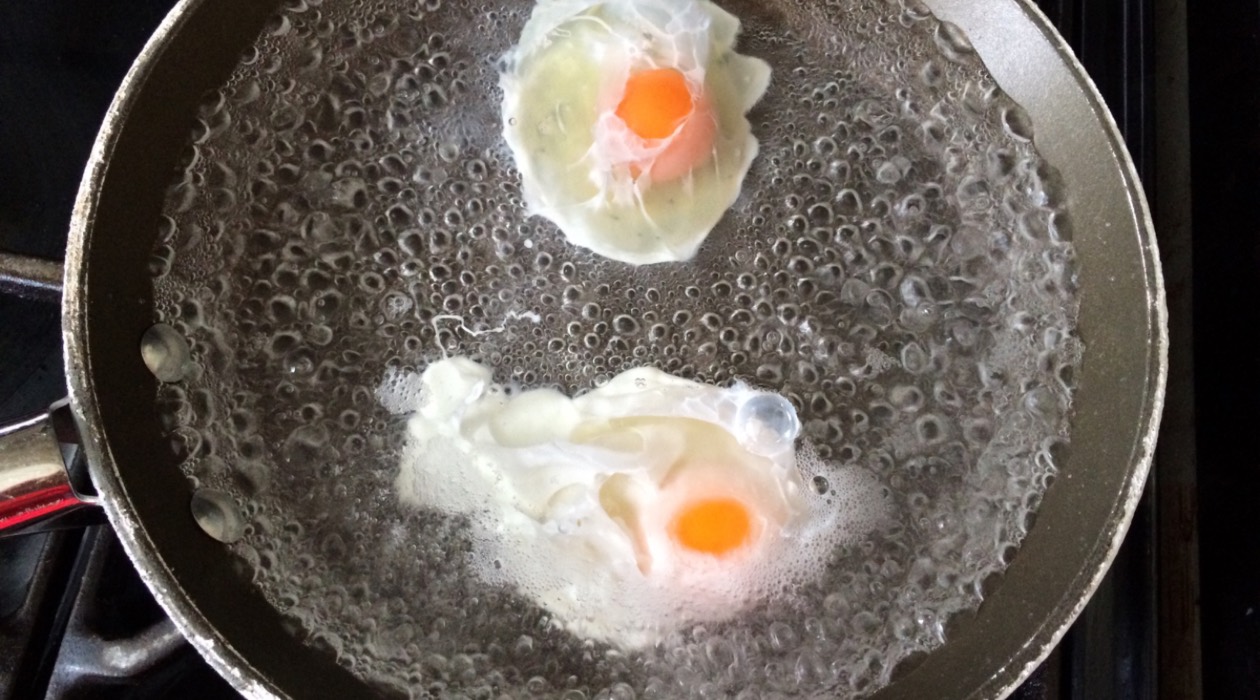
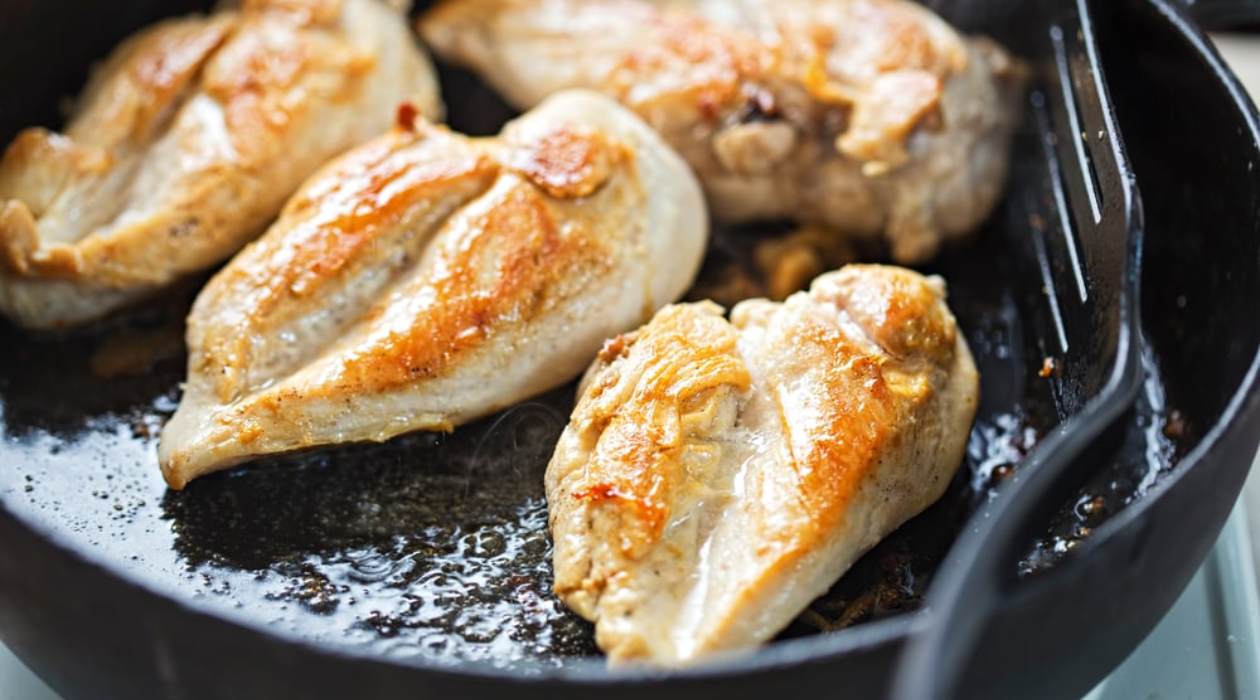
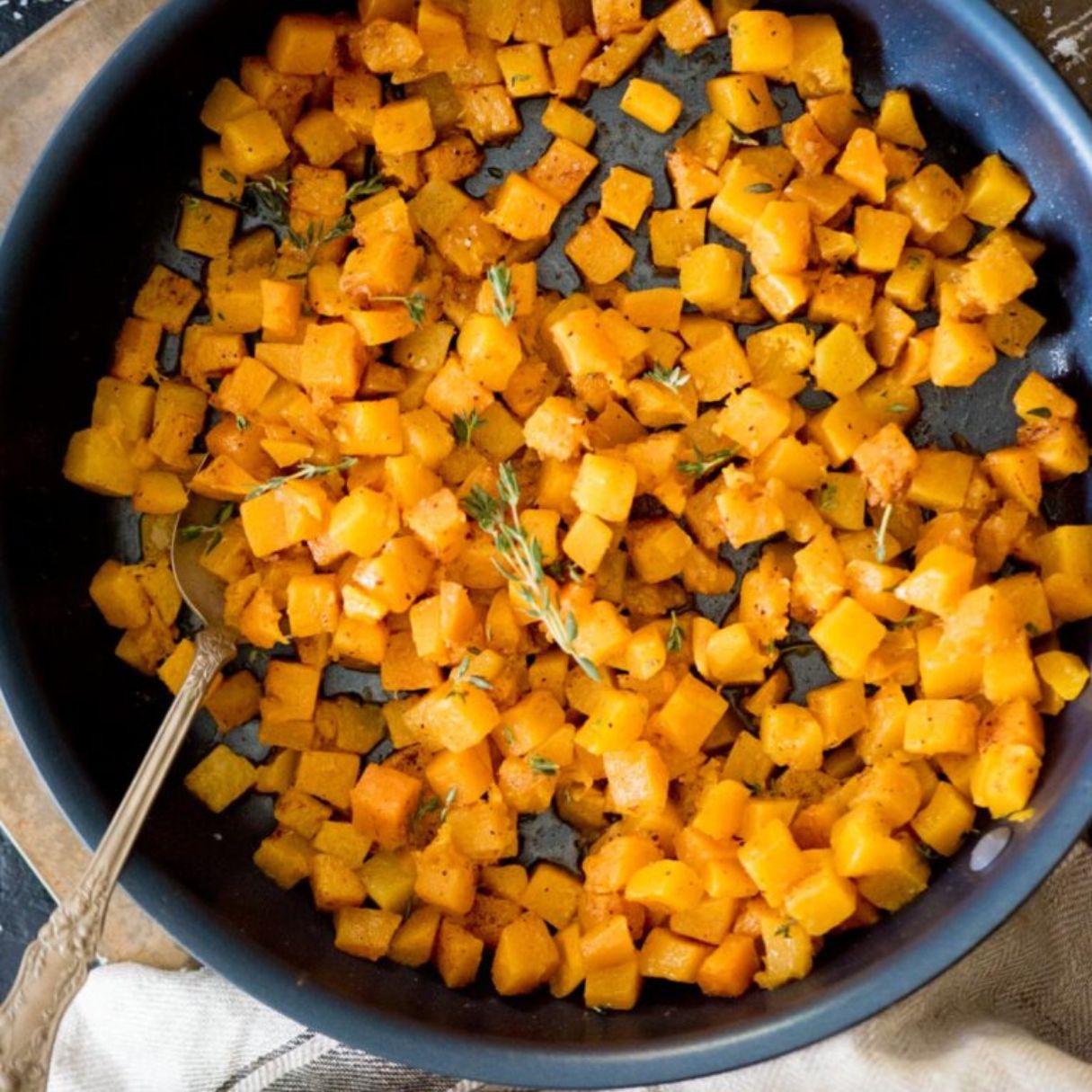
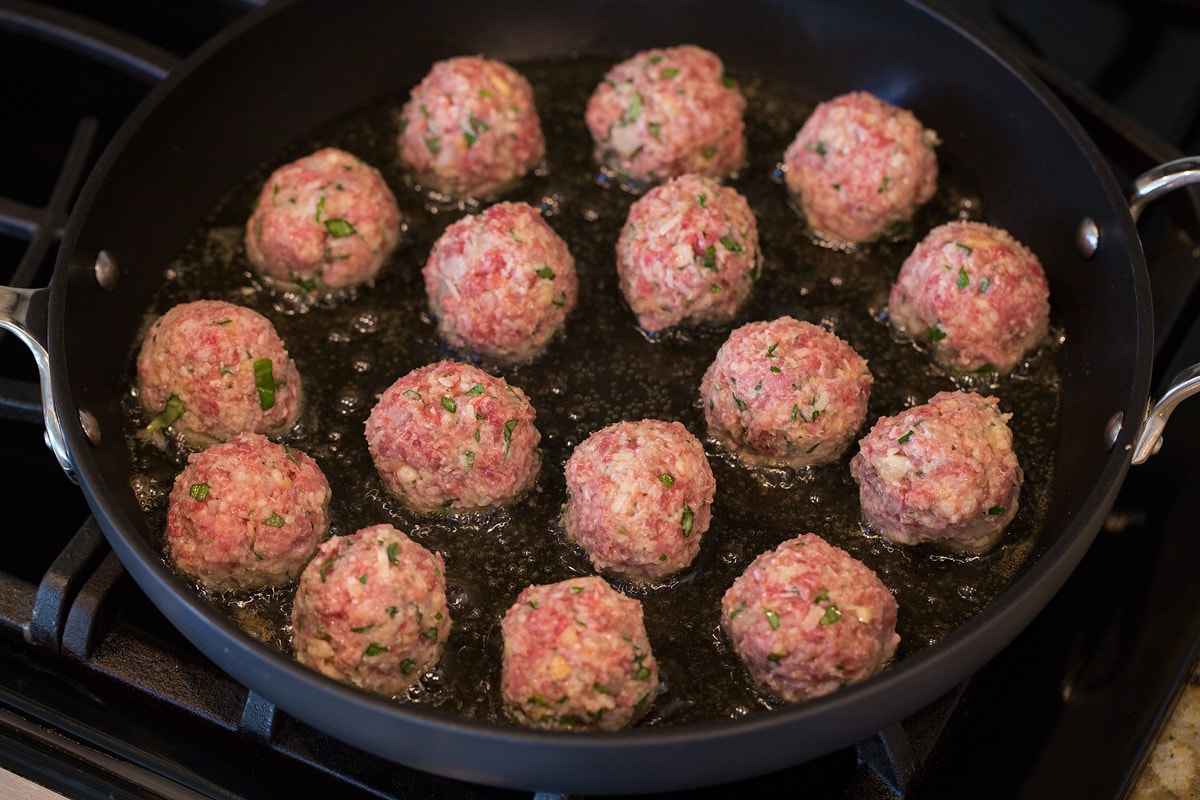
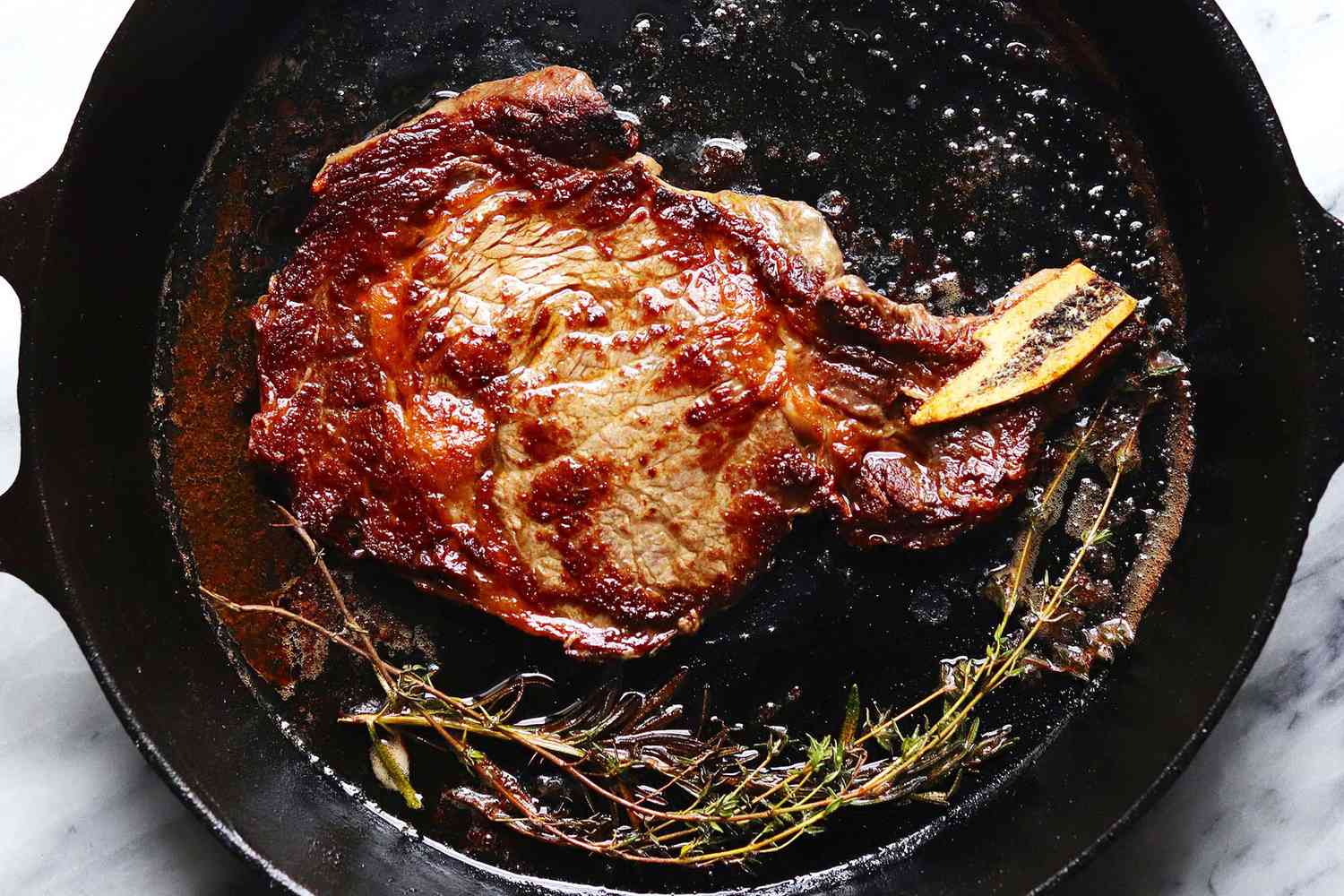
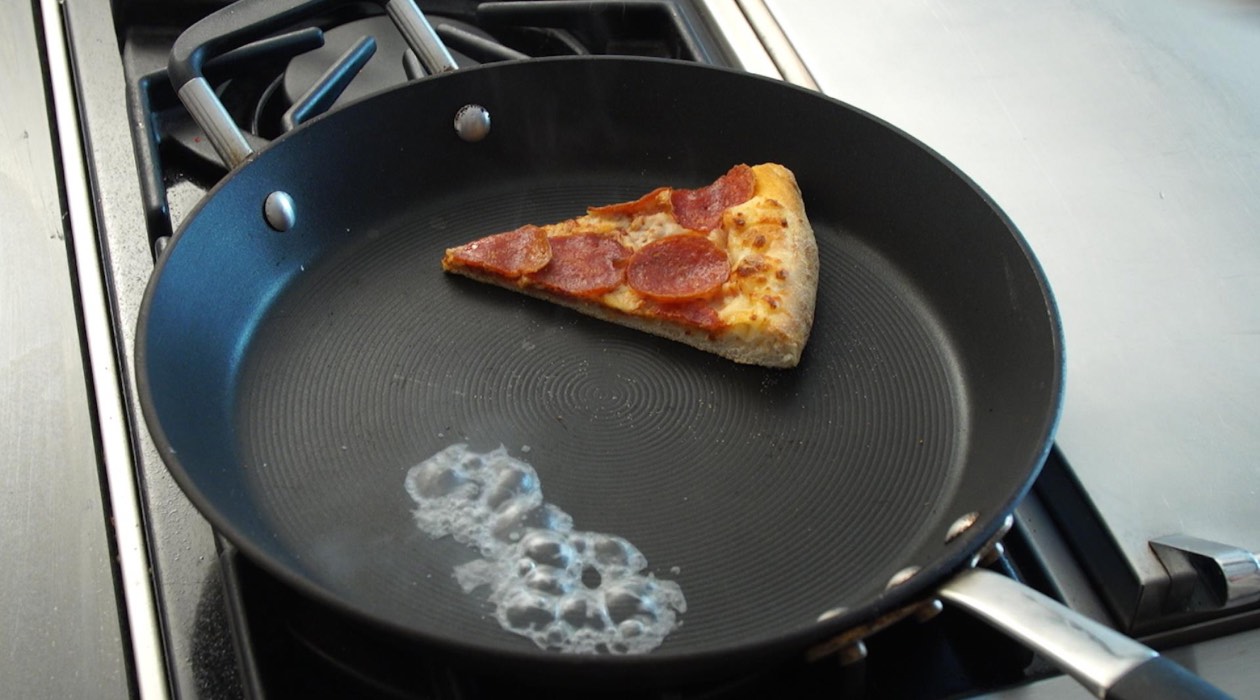
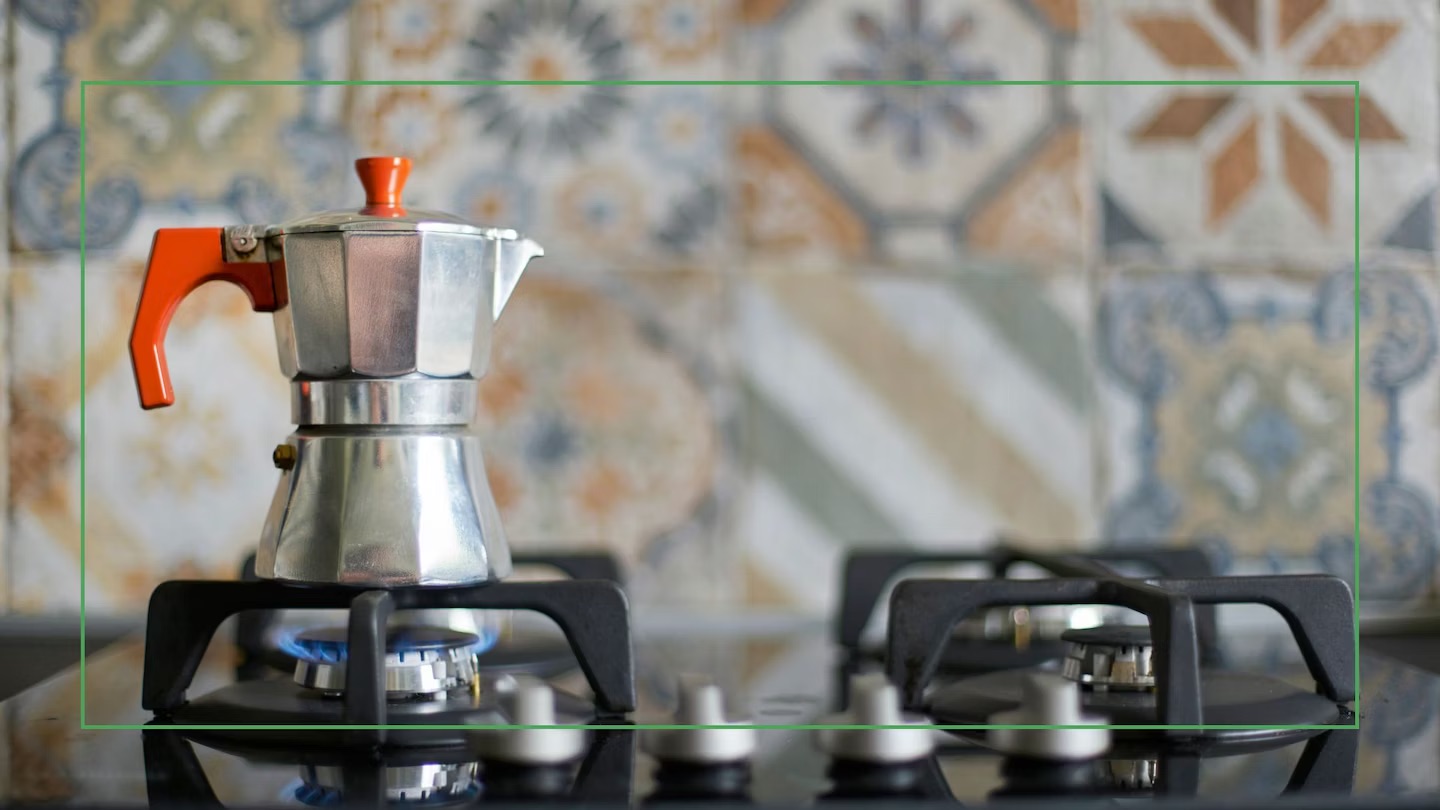
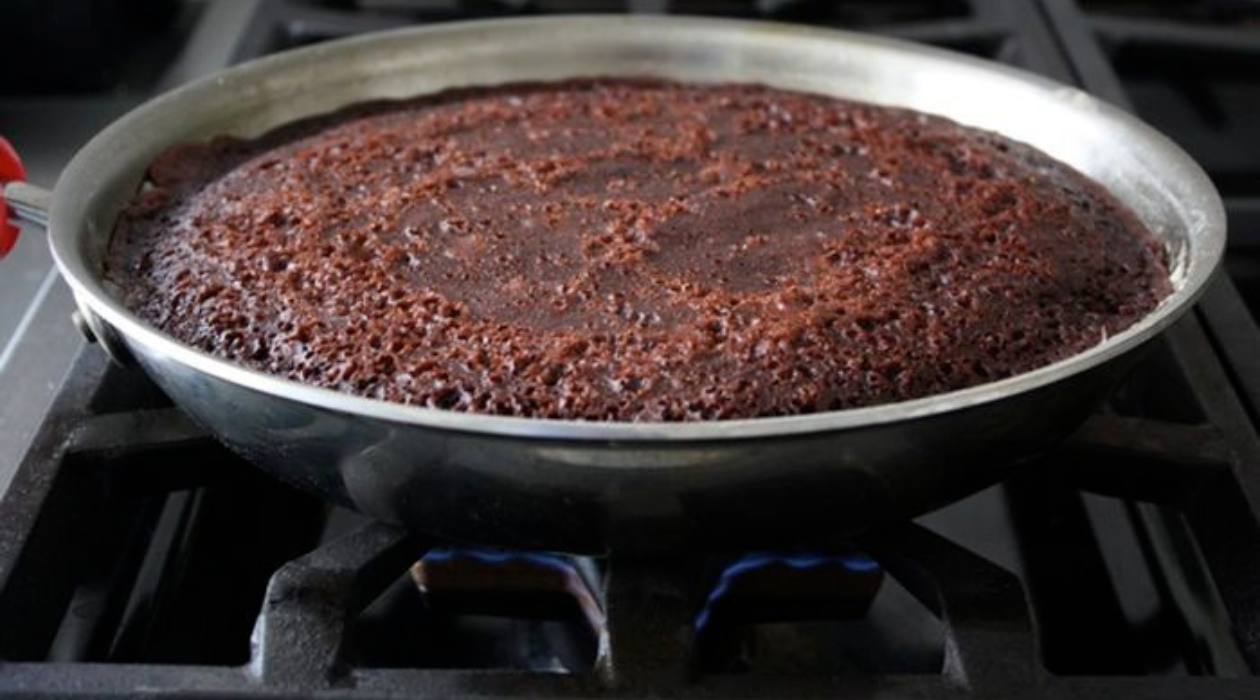
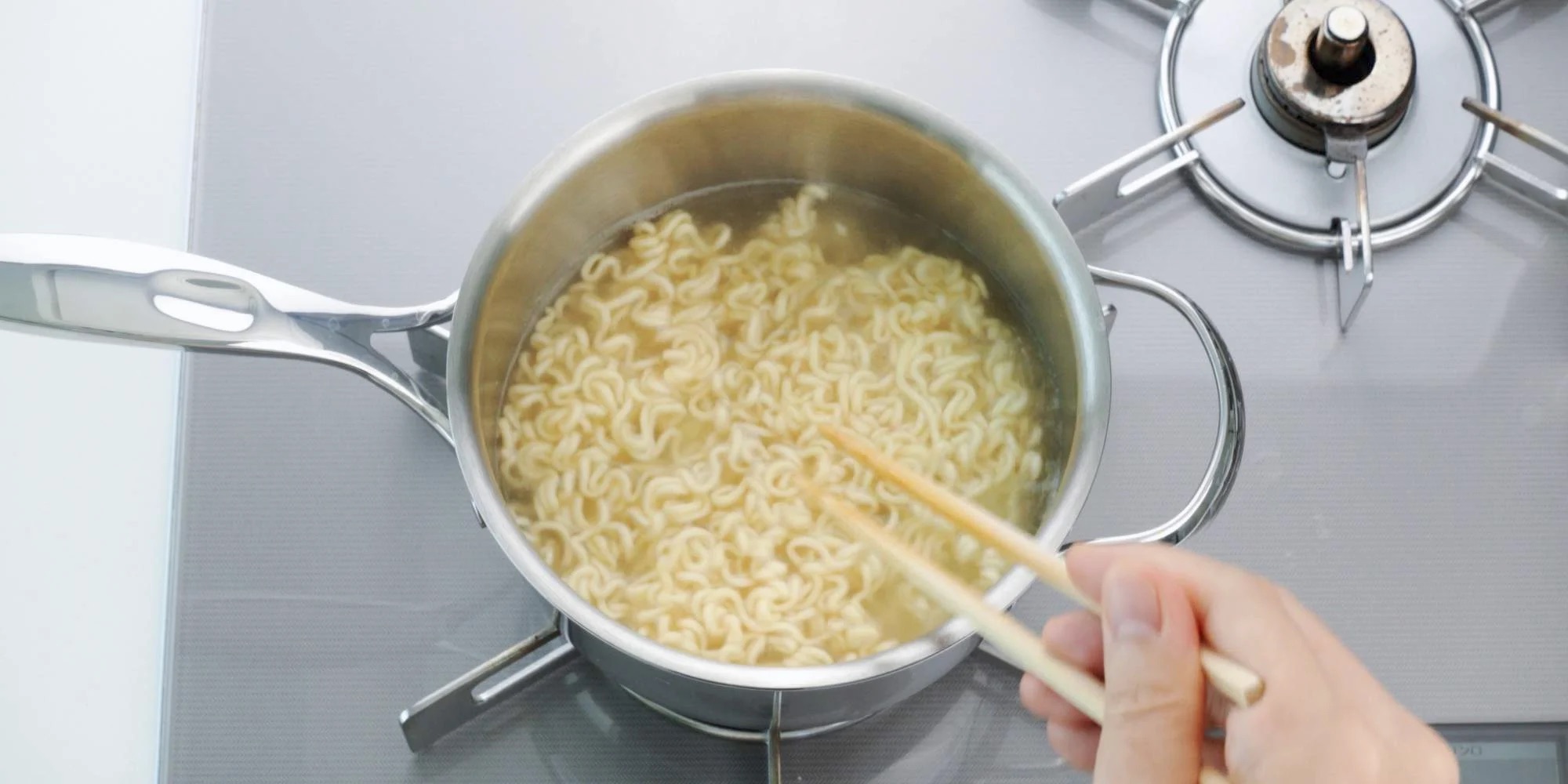
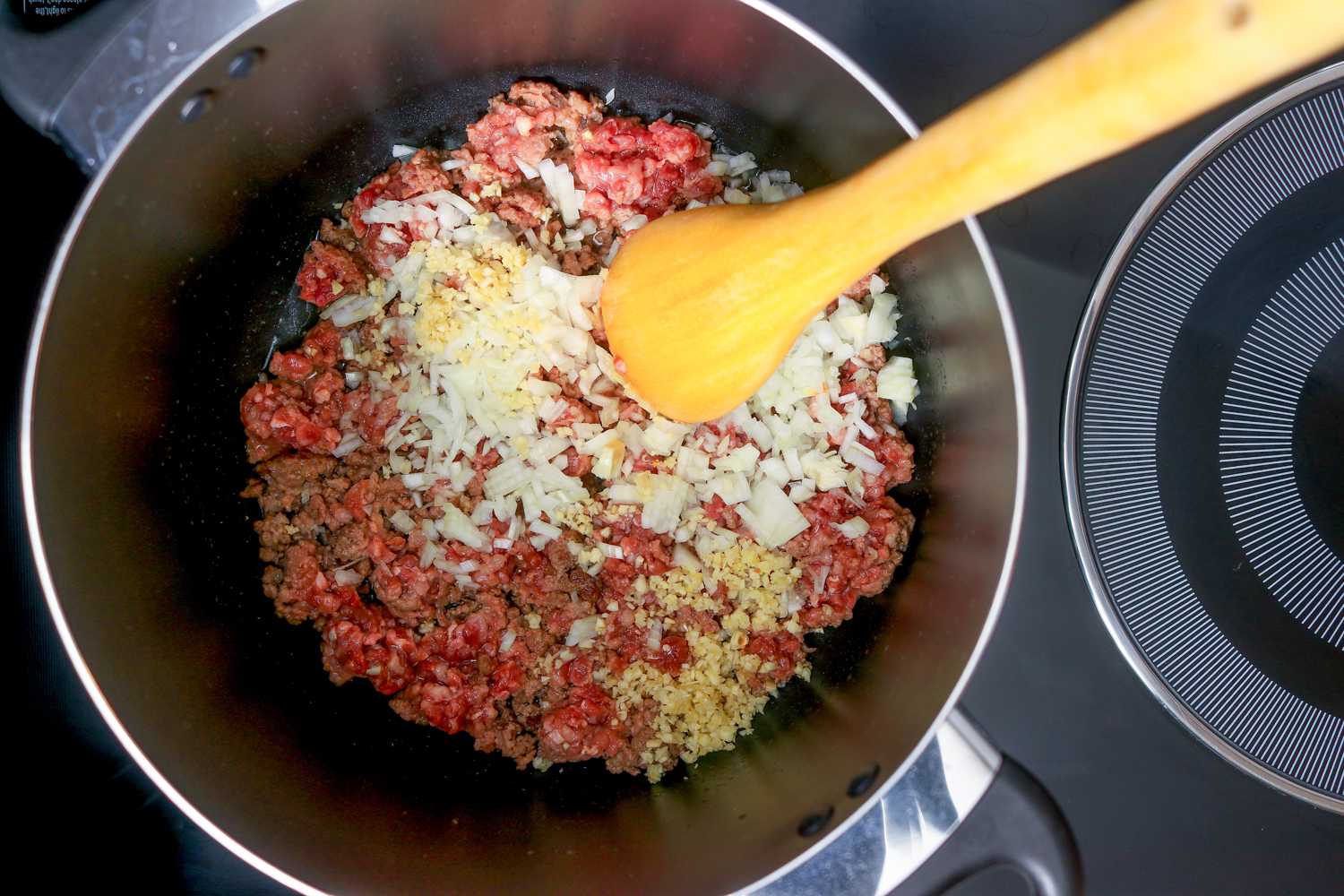
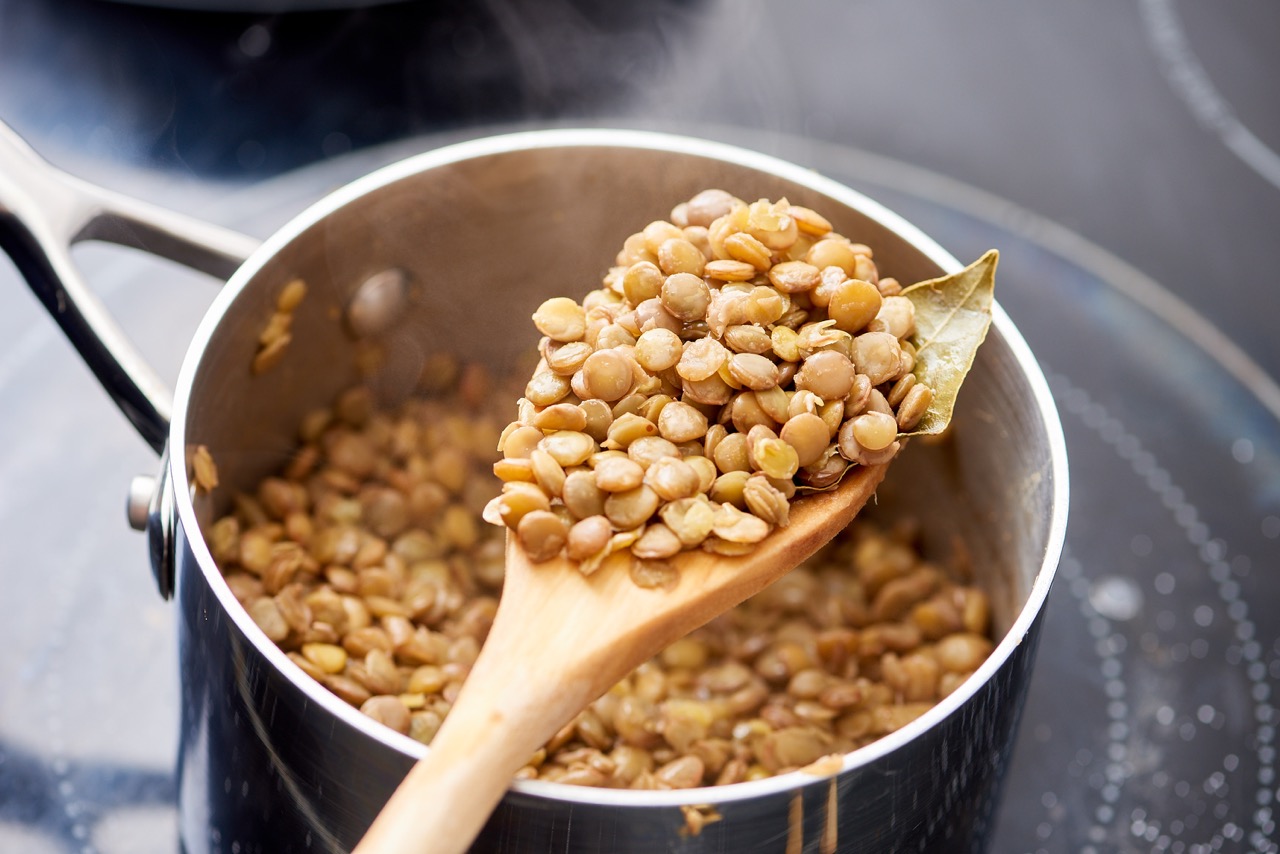
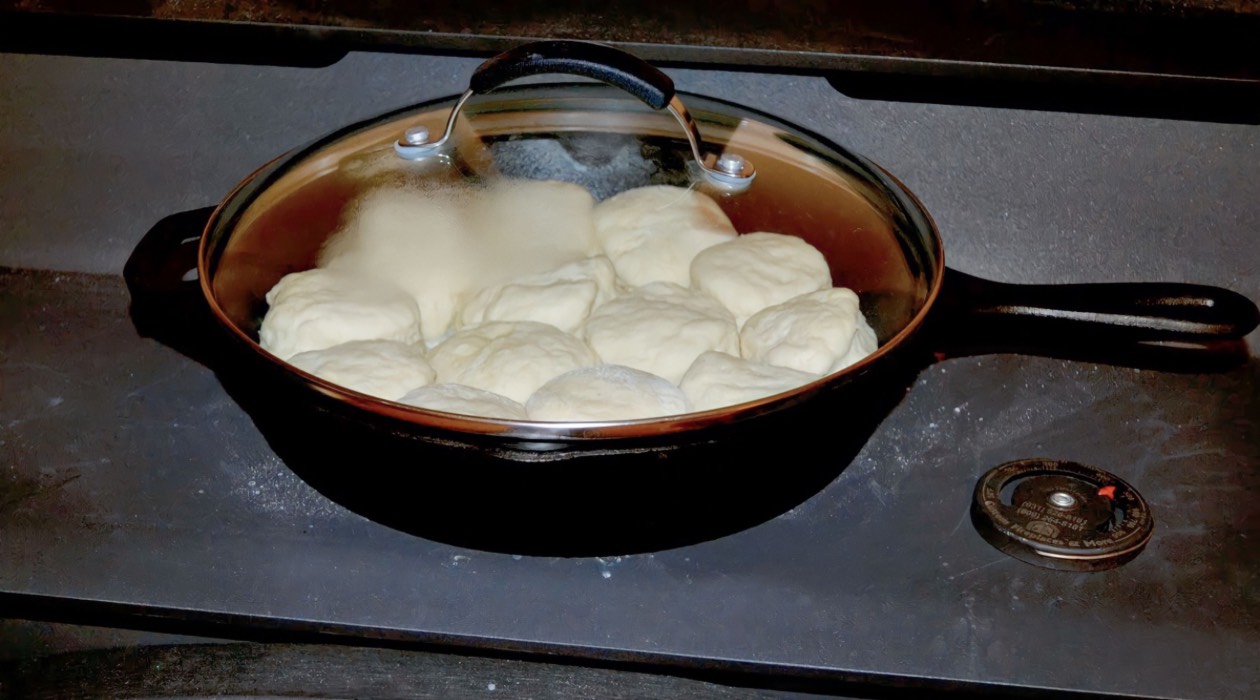
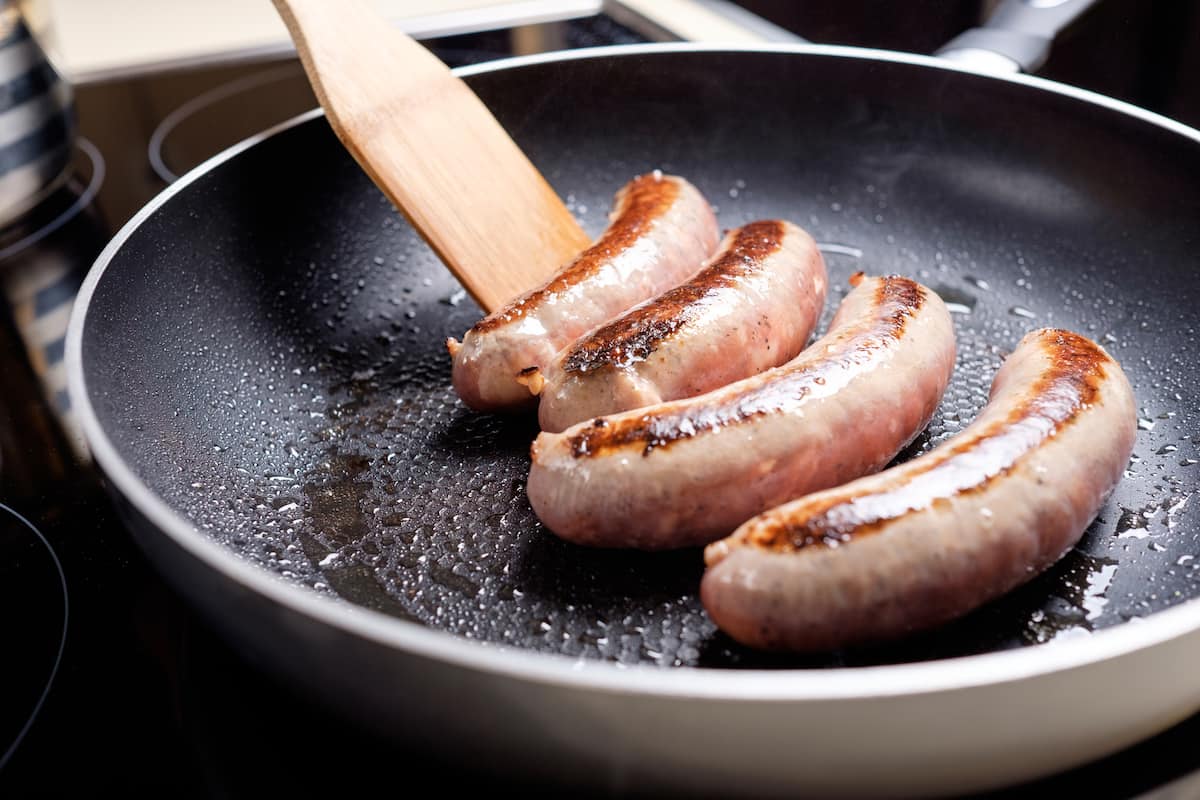

0 thoughts on “How To Cook Wings On Stove Top”